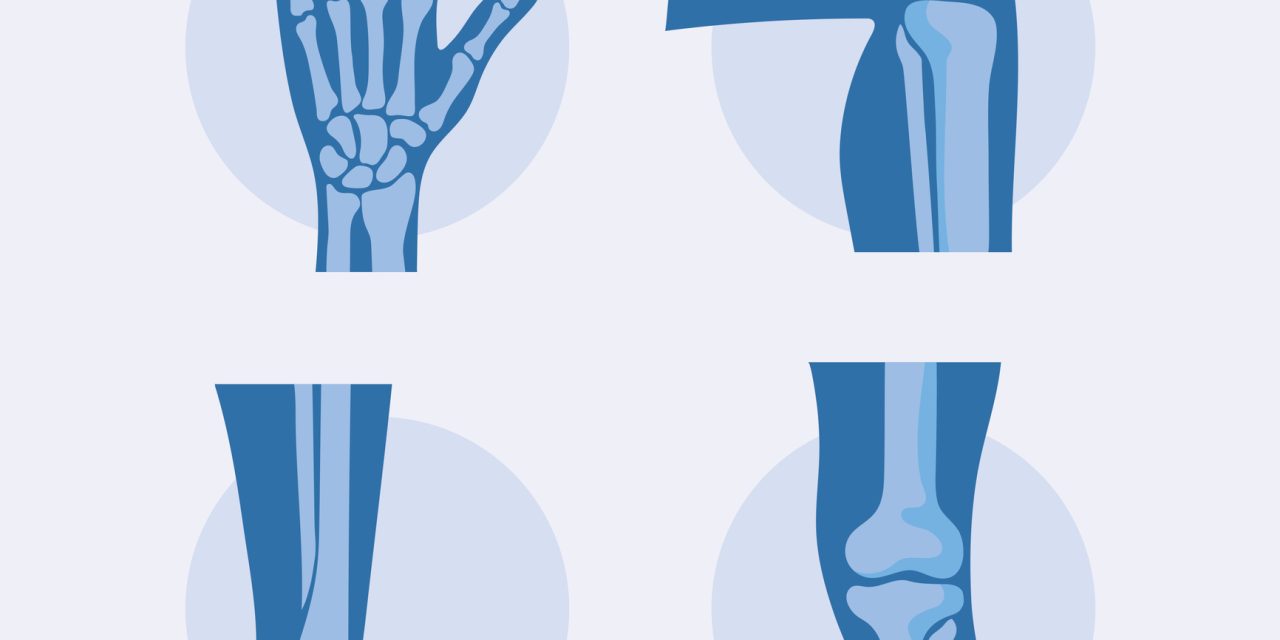Ankylosing spondylitis (AS) is an inflammatory disease, and choroidal thickness (CT) has been proposed and evaluated as a potential marker of systemic inflammation associated with AS and other inflammatory diseases. This study compared CT measurements taken from patients with severe AS disease activity without eye inflammation with those taken from healthy subjects.
This cross-sectional, multicenter study compared CT in 44 patients with high AS disease activity, and no history of eye inflammation with CT in 44 matched healthy subjects aged between 18 and 65 years. In the AS group, the correlation between CT and C-reactive protein, human leukocyte antigen (HLA) B27 positivity, disease duration, and disease activity was calculated.
Mean CT values of patients with AS were significantly higher in the right eye, the left eye, and the thickest choroid eye. The right eye mean CT was 338.3 ± 82.8 μm among patients with AS and 290.5 ± 71.2 μm among healthy subjects (p = 0.005). The left eye mean CT was 339.5 ± 84.7 μm for patients with AS and 298.4 ± 68.9 μm for healthy subjects (P = 0.015). The thickest choroid eye CT was 358.4 ± 82.1 μm among patients with AS and 314.1 ± 65.2 μm among healthy subjects (P = 0.006). We did not find a significant correlation between CT and disease activity, C-reactive protein, human leukocyte antigen B27 positivity, or disease duration.
Patients with active AS but without a history of eye inflammation had a thicker choroid than healthy subjects. This finding suggests that CT is a marker of systemic inflammation in patients with inflammatory disease, regardless of known eye symptoms.
Measuring Choroid Thickness as a Marker of Systemic Inflammation in Patients With Ankylosing Spondylitis.


